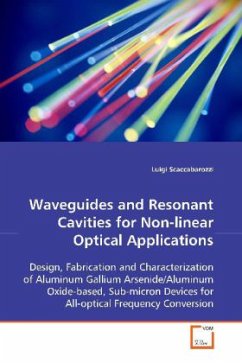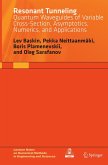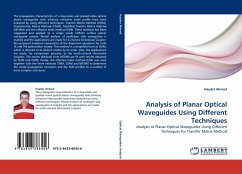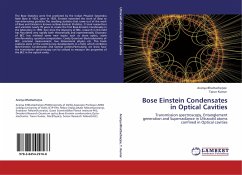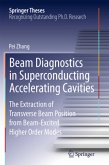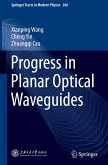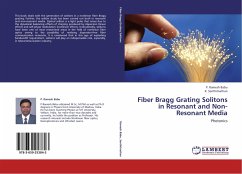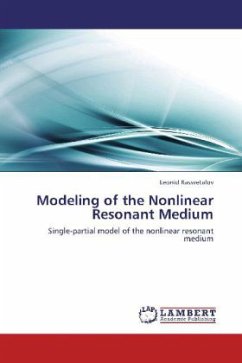In fiber optics systems there is an increasing need
for fast, compact switches. Currently employed opto-
electro-optical converters are relatively slow and
power demanding. Nonlinear optical devices can
provide fast, all-optical wavelength conversion.
However, existing devices (e.g., quasi-phasematched
lithium niobate or gallium arsenide waveguides)
either are bulky or require complex fabrication
processes. This book describes the design,
fabrication and characterization of aluminum gallium
arsenide (AlGaAs)/aluminum oxide (AlOx) nonlinear
waveguide and cavity devices. Because of the high
index contrast of the AlGaAs/AlOx material system,
phasematching can be achieved by artificial
birefringence. This approach greatly simplifies the
fabrication process, compared to quasi-phasematched
waveguides. Furthermore, by using sub-micron
waveguide confinement and resonant cavities, highly
efficient devices can be realized. This work should
be helpful to researchers and students involved in
the development of semiconductor integrated optical
devices, especially waveguide and cavity design,
fabrication and characterization of sub-wavelength
devices.
for fast, compact switches. Currently employed opto-
electro-optical converters are relatively slow and
power demanding. Nonlinear optical devices can
provide fast, all-optical wavelength conversion.
However, existing devices (e.g., quasi-phasematched
lithium niobate or gallium arsenide waveguides)
either are bulky or require complex fabrication
processes. This book describes the design,
fabrication and characterization of aluminum gallium
arsenide (AlGaAs)/aluminum oxide (AlOx) nonlinear
waveguide and cavity devices. Because of the high
index contrast of the AlGaAs/AlOx material system,
phasematching can be achieved by artificial
birefringence. This approach greatly simplifies the
fabrication process, compared to quasi-phasematched
waveguides. Furthermore, by using sub-micron
waveguide confinement and resonant cavities, highly
efficient devices can be realized. This work should
be helpful to researchers and students involved in
the development of semiconductor integrated optical
devices, especially waveguide and cavity design,
fabrication and characterization of sub-wavelength
devices.

